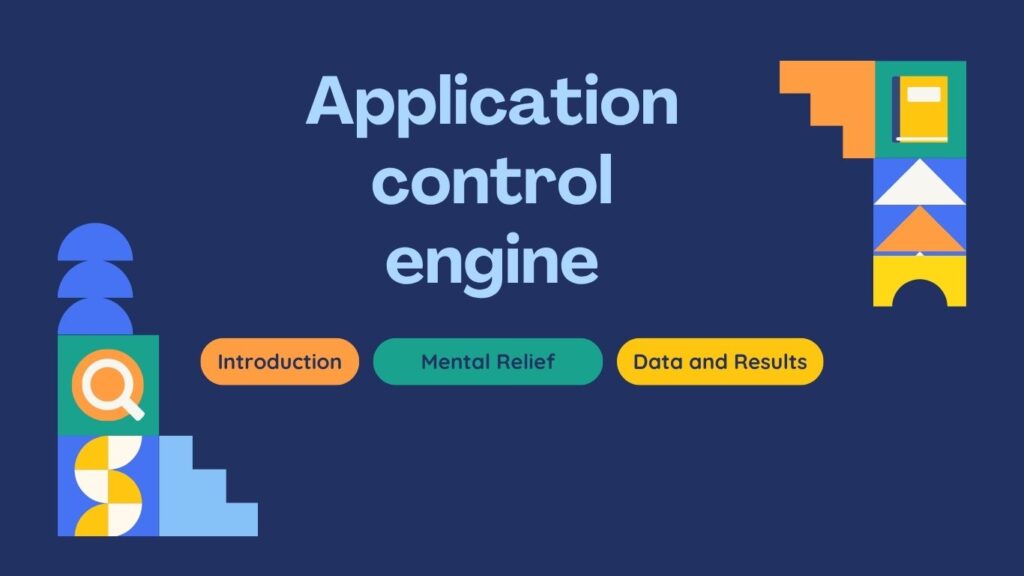In today’s digital environment, businesses depend heavily on applications to manage operations, deliver services, and enable productivity. With this growing reliance, the need for reliable performance, secure access, and optimized traffic management has become crucial. One of the technologies designed to meet these demands is the Application Control Engine (ACE).
The Application Control Engine is an intelligent network solution that enhances the delivery, security, and performance of applications across enterprise networks and data centers. It acts as a traffic management system, ensuring that applications run smoothly, securely, and efficiently, even under heavy workloads. ACE solutions are often deployed in large organizations, cloud infrastructures, and service provider environments where uptime and performance are critical.
What is an Application Control Engine?
An Application Control Engine (ACE) is a specialized system, typically integrated with load balancers or advanced switches, that manages application traffic at the network level. It is designed to:
- Distribute traffic intelligently across multiple servers.
- Secure application access through policy enforcement.
- Provide high availability by rerouting requests if one server fails.
- Optimize application response times and user experience.
Unlike traditional routers and switches that operate at lower layers of the OSI model, ACE works at Layer 4 to Layer 7, which means it can inspect traffic more deeply and make decisions based on application-level data.
Core Functions of ACE
- Load Balancing
ACE distributes user requests among multiple servers to prevent overloading any single server. This ensures applications remain responsive and available even during peak traffic. - Application Acceleration
Features like caching, compression, and SSL offloading help speed up application performance. By reducing the burden on servers, ACE improves overall efficiency. - Security Enforcement
ACE acts as a protective layer by inspecting application traffic for malicious activity. It can block unauthorized access, detect anomalies, and apply firewall-like policies. - High Availability and Failover
If one server or application instance fails, ACE reroutes traffic to healthy servers, minimizing downtime and ensuring continuous service. - Traffic Prioritization
Certain applications, such as video conferencing or financial transactions, require higher priority. ACE can prioritize traffic based on business needs, improving critical application performance.

Benefits of Application Control Engine
- Enhanced Performance: By balancing traffic and optimizing resources, ACE improves application speed and reliability.
- Improved Security: Built-in policies and deep packet inspection provide protection against threats.
- Scalability: Organizations can scale applications seamlessly by adding more servers without impacting performance.
- Cost Efficiency: Optimized resource utilization reduces the need for excessive hardware investment.
- User Experience: End-users benefit from faster response times and uninterrupted access to services.
Real-World Applications
- E-Commerce: Online shopping platforms use ACE to manage large volumes of customer requests, ensuring smooth checkout experiences.
- Banking and Finance: ACE secures financial applications while maintaining high availability for transactions.
- Healthcare: Hospitals and clinics rely on ACE for secure, reliable access to patient data and telemedicine platforms.
- Education: Universities use ACE to manage online learning systems, ensuring performance during high demand periods such as exams.
Challenges and Considerations
While ACE provides significant advantages, organizations must address some challenges:
- Complex Configuration: ACE requires expertise to configure policies and manage advanced features.
- Cost: High-end ACE solutions can be expensive, making them less attractive for small businesses.
- Maintenance: Continuous monitoring and updates are needed to ensure security and performance.
Despite these challenges, the benefits of ACE often outweigh the drawbacks, especially for organizations with high application demands.

The Future of Application Control Engines
As businesses migrate to cloud computing and hybrid infrastructures, ACE technologies are evolving to support software-defined networking (SDN) and cloud-native applications. Modern ACE solutions integrate with containers, microservices, and multi-cloud environments. They are also incorporating AI and machine learning to predict traffic patterns and automatically adjust performance.
With the rise of remote work and mobile applications, ACE will play an even more critical role in delivering secure, fast, and scalable access to business applications.
Conclusion
The Application Control Engine (ACE) is more than just a traffic management tool—it is a cornerstone of modern enterprise IT. By combining performance optimization, robust security, and high availability, ACE empowers organizations to deliver seamless application experiences to users worldwide. Although implementation may require investment and expertise, the long-term advantages make it an essential solution for businesses that rely on applications to drive growth, innovation, and customer satisfaction.
